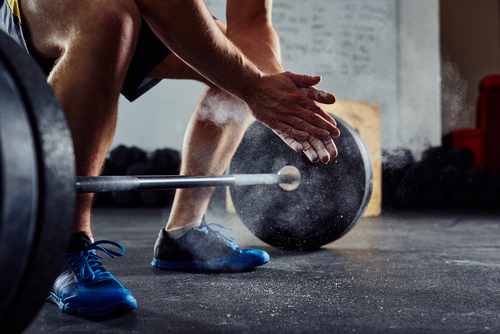Vince asks:
“I have a question I’ve been doing my home gym cause of covid-19, so I’ve been looking into the old school strong men like John Grimek, George Jowett and they talk about tendon and ligament strengthening which is a great idea for super strength so at home what kind of isometric exercises weighted or not should I do ? sets and reps? Or just to throw them in with negatives? thanks for the time.”
What you should do really depends on a number of things including but not limited to:
Your goals
Your equipment
Your schedule
What works best for you
Yes, isometrics are great for tendon and ligament strengthening. They’re one of the five categories of training I mentioned in this video that discusses the topic.
But which kind of isometrics work these tissues best?
It is not going to be the self-flexing muscle control type of isometrics. Nor the self-resistance type espoused by Charles Atlas by the name of dynamic tension.
Don’t get me wrong. Those are great and have their place, but they’re not focused on the tendons and ligaments. They’re more so on the muscles and nervous system.
For connective tissue focus you need a heavier type of isometric, i.e. resistance against an immovable force.
This could be a doorway or a tree.
This could be a heavy barbell in a rack set against the pins (like Bob Hoffman recommended).
This could also be the new Isochain.
As for sets and reps, anything works to some degree. But I find that for the tendons and ligaments, going to either extreme is best.
Maximum strength for even less than a second.
Or high repetitions lasting a minute or even well beyond.
And at the end ranges of motion, rather than the mid-point typically which is where the muscle is taking on the most work.
For example, working the top range of a deadlift (or the health lift) with an isometric load several times your bodyweight is going to train the tendons and ligaments more so than a bottom or middle position deadlift isometric of just bodyweight.
Make sense?
A great place to get your foundation in isometric training is the new Ultimate Isometrics Manual by Paul “Coach” Wade.
If you’re interested in isometrics, then I would say it is a must-have.
Despite my many years of working with isometrics I still learned plenty.

